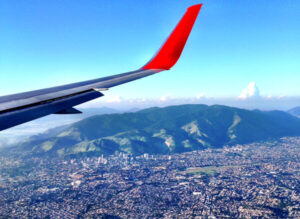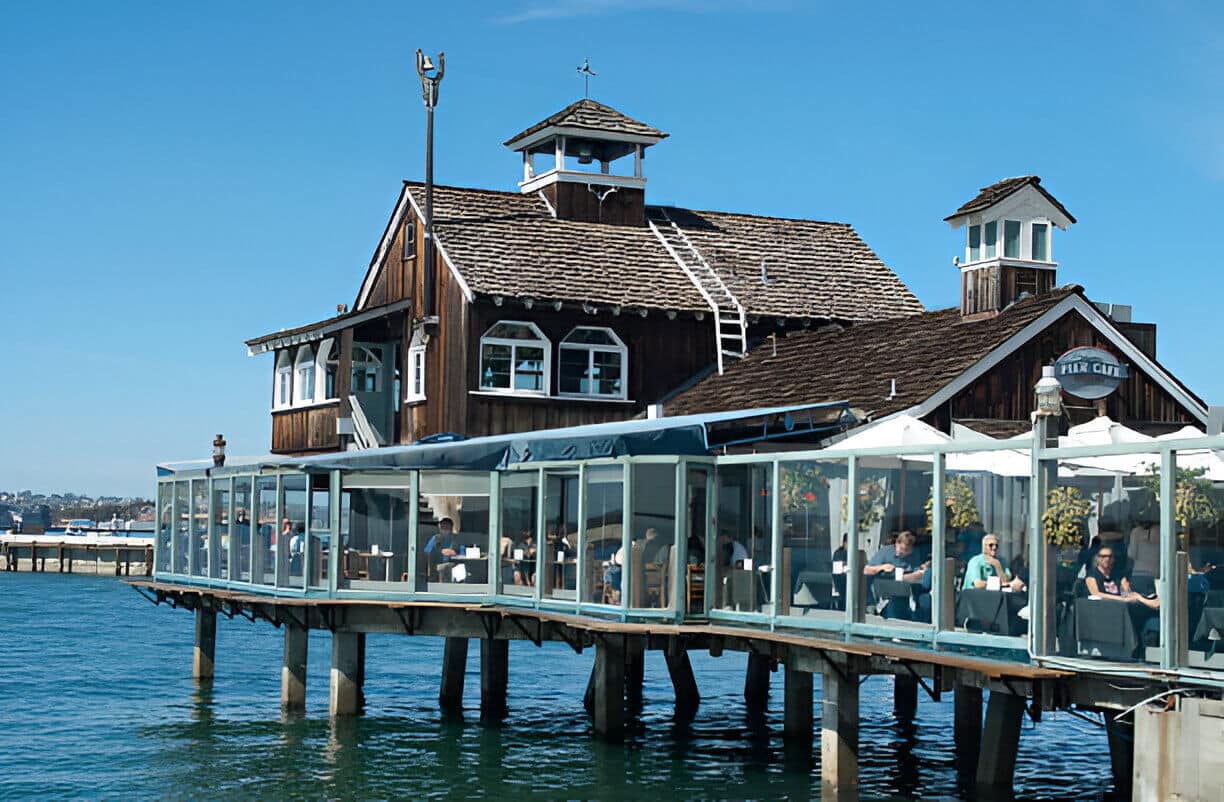
Before travelling to any country, it’s a good idea to get to grips with the local culture before you set off. Now, I know Portugal isn’t too far away from the UK and, given that it’s a European country, you might think you know enough already, but it’s still worth making sure you’re familiar with the basics.
So, I’ve put together a brief collection of what I think the most important things to know are.
Language & currency
Let’s start with the most obvious point – the national language is Portuguese. Like most European countries outside of the UK, Portugal is generally pretty decent to us English-speaking visitors in that a lot of the locals you meet will be happy – and fluent enough – to communicate with you in English.
And, while that’s good news for those us with somewhat questionable linguistic skills, I still think it’s worth at the very least buying a phrasebook and learning how to greet people, say thank you and such. After all, it seems only polite to have a bash at speaking the local lingo, even if you are awful at it.
In terms of currency, the country uses the euro. Don’t forget to keep an eye on the exchange rate before your Portugal holidays 2013 to make sure you get a good deal.
Food
Portugal is a destination that’ll have keen foodies salivating in no time. I won’t give you a full rundown of the ins and outs of Portuguese cuisine, but here are a few key facts and highlights:
• Fish and seafood are important staples. Bacalhau – which is salt cod – is a national speciality and well worth trying.
• Said fish and seafood dishes are often served with oodles of boiled/steamed potatoes and veg. A word of wisdom I was given while I was there is that you should focus your attention on the fish, like the locals, and think about the veg if you have room for it!
• Chicken is often flavoured with piri piri spices (think Nando’s, but far more delicious).
• Common desserts include caramel custard and a very sticky chocolate mousse (chocolate goo may be a more appropriate term – it’s not a light pudding like you’d expect when ordering a mousse in the UK).
Dining out & nights out
So, now you know what kind of food to expect, let’s take a look at eating out. Thanks to the heat, Portuguese people tend to eat later in the evening – like many other European countries – than we do here in the UK. This has a knock-on effect on nights out, but I’ll get to that in a minute.
There are two key things I think you need to be aware of before you hit the restaurants:
- Tips usually aren’t included in your bill. As a general rule of thumb, tip around five per cent, but if the service was particularly good or you’re in a fancy eatery, you ought to go a bit higher, up to ten per cent.
- Once you’ve been seated at your table, things like bread and olives will be automatically brought over to you. Appetisers like this are known as couvert and, if you eat them, you’ll be expected to pay for them (yes, I know you didn’t order them…) and they can often be on the expensive side, so it can be worth checking the price before tucking in.
Since dinner often usually isn’t eaten till around 21:00 local time, it’s rare for nights out on the town to start before 23:00. So, if you are keen to try out the local nightlife, remember that before you leave the house in your glitziest outfit at 20:00!














